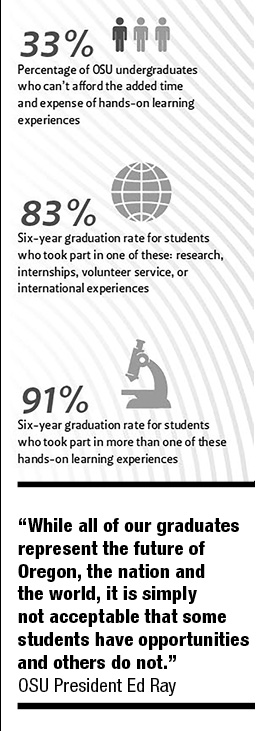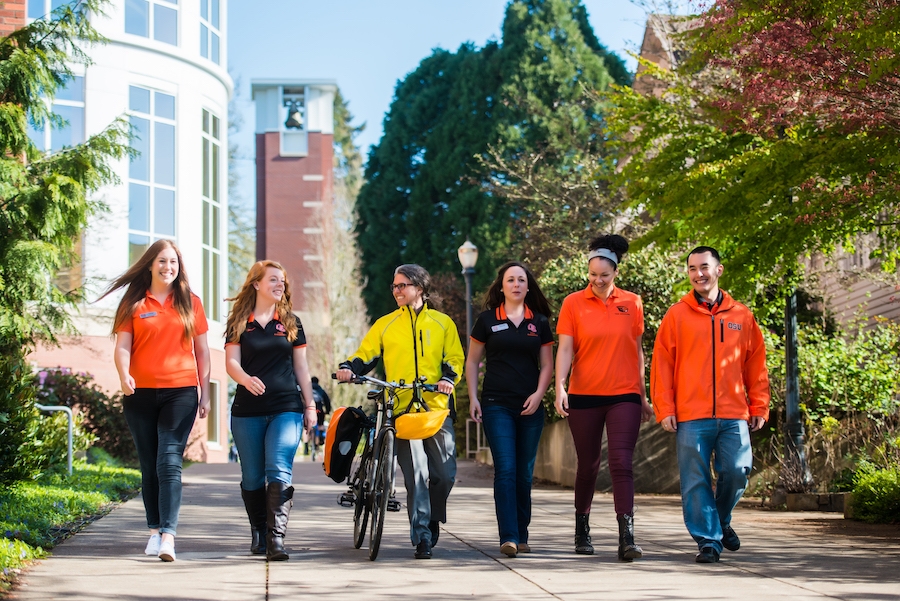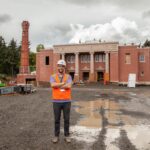At OSU, educational opportunities aren’t confined to the classroom. Here’s why that matters for Oregon’s businesses.
When Oregon State University student Antonette Shockey began her search for a college internship, she knew she wanted to do more than file papers and fetch coffee.
The public health/health management policy major got her wish: in an internship at OHSU she was presented with a $60,000 budget and instructed to select a tool to facilitate more effective patient feedback. Guided by staff, but granted the freedom to find her own way, Shockey consulted, researched and even negotiated with vendors.
“No one knew what to expect, but they gave me so much responsibility,” she says. “And then they actually ended up buying the tool I recommended.”
 Meaningful internships, service-learning opportunities, the chance to conduct research as an undergrad — these are all examples of the experiential learning so key to student success, says OSU Vice Provost for Student Affairs Susie Brubaker-Cole: “It’s about making the connection between the classroom and the types of open-ended challenges they’ll face in their careers and communities.”
Meaningful internships, service-learning opportunities, the chance to conduct research as an undergrad — these are all examples of the experiential learning so key to student success, says OSU Vice Provost for Student Affairs Susie Brubaker-Cole: “It’s about making the connection between the classroom and the types of open-ended challenges they’ll face in their careers and communities.”
OSU already offers more grant and scholarship dollars than any other Oregon college or university. Now with a $150 million fundrasing effort, the OSU Foundation is working to increase support not only for scholarships but also for more of those all-important real-world learning opportunities.
The university’s goal: to pair each undergrad with at least one high-impact learning experience beyond the confines of a traditional classroom.
For Shockey, reading about patient healthcare experiences was valuable, sure, but to watch those lessons playing out within a real clinic? That was priceless.
“It’s pretty cool to be able to talk about the theories we learned in classrooms and actually apply them in real life,” she says.
Shockey’s foray into experiential learning didn’t start or end with that decisive internship; she also networked with hospital CEOs in Chicago and conducted research under a team of PhDs. Such opportunities helped Shockey clinch a permanent position at OHSU after graduation.
And how’s this for continuity: Shockey’s internship was designed by the OSU intern before her, and the intern who comes after her will test the efficacy of the patient feedback tool she selected.
Experiential learning boosts graduation rates, especially among students from historically underserved populations, says Brubaker-Cole. The ultimate result: “We’re creating a more adaptive, innovative and impactful workforce for the state of Oregon.
For more information please visit osustudentsuccess.org




